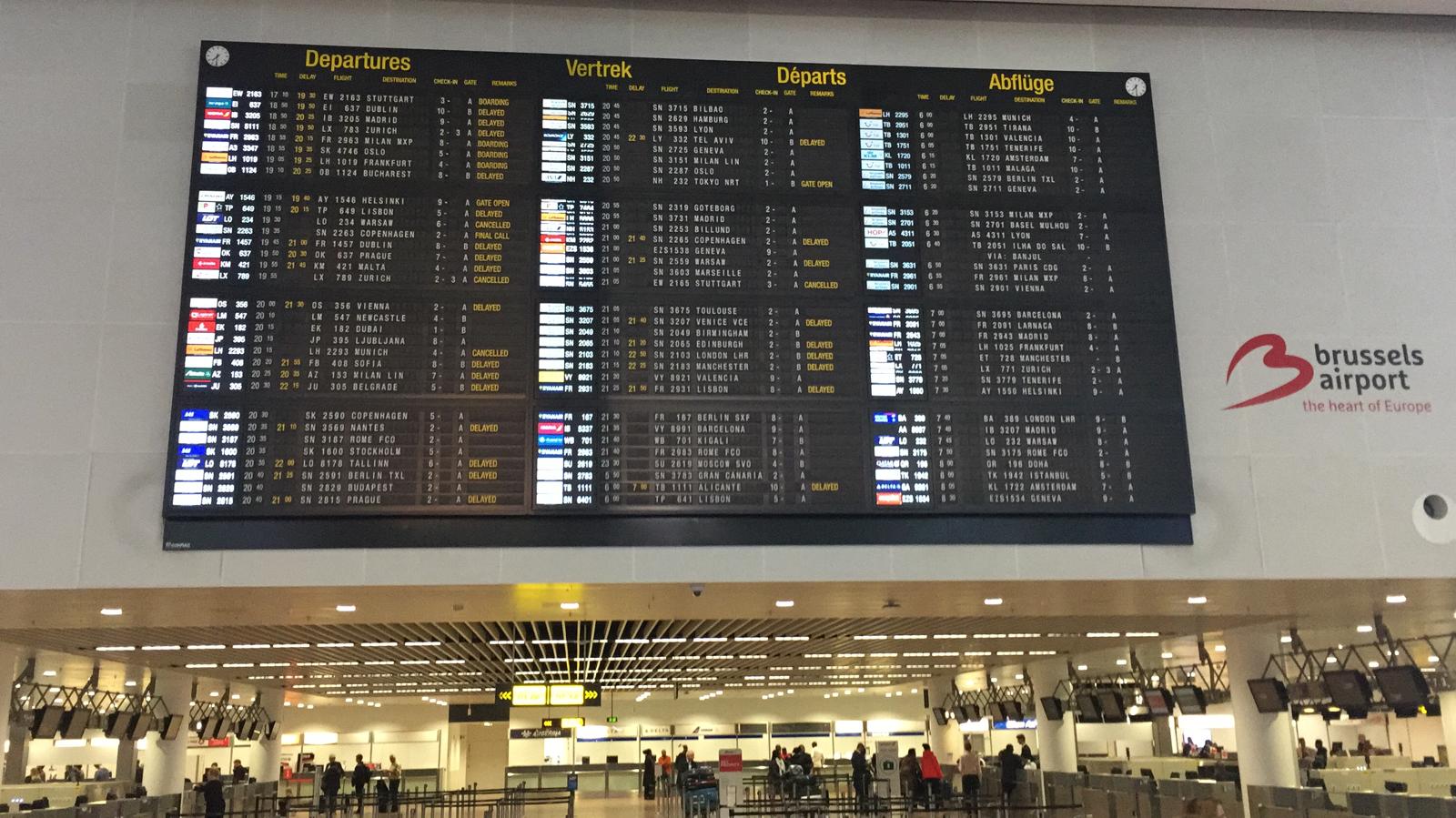24 electric tractors, lifts, and loaders to halve DHL’s CO2 footprint on the ground

As part of the Stargate project at Brussels Airport, DHL Express is pioneering the use of electric ground-handling equipment. Following a successful trial, DHL Express will have one-third of its ground fleet fully electric this summer, including tractors and loaders. This initiative is part of a broader effort to reduce the company’s CO2 emissions by more than half. Brussels Airport and DHL are collaborating to ensure the necessary charging infrastructure is in place.
DHL Express has introduced eleven electric tractors and thirteen electric container lifts, belly loaders, and pushbacks. This marks the first phase in a long-term plan to fully electrify their ground fleet, replacing diesel-powered machines with more sustainable and quieter electric alternatives. The technical department at DHL is responsible for maintaining these new electric vehicles and chargers.
Supported by the Stargate project, which includes a consortium of 21 partners and is backed by the European Green Deal, DHL Express has committed to this electrification effort. This initiative is part of DHL’s strategy to lead in sustainable aviation practices.
The CEO of Brussels Airport, Arnaud Feist, highlighted the significance of this step in reducing CO2 emissions and noise pollution. He also mentioned future plans to explore hydrogen-powered ground handling equipment.
While ground equipment is moving towards full electrification, DHL acknowledges that electric cargo planes are not yet viable for long-haul flights due to battery weight. However, they plan to introduce smaller electric cargo planes for short distances by 2027.
This move positions DHL Express as a leader in sustainable ground operations at Brussels Airport, with the largest electric ground fleet in place.



